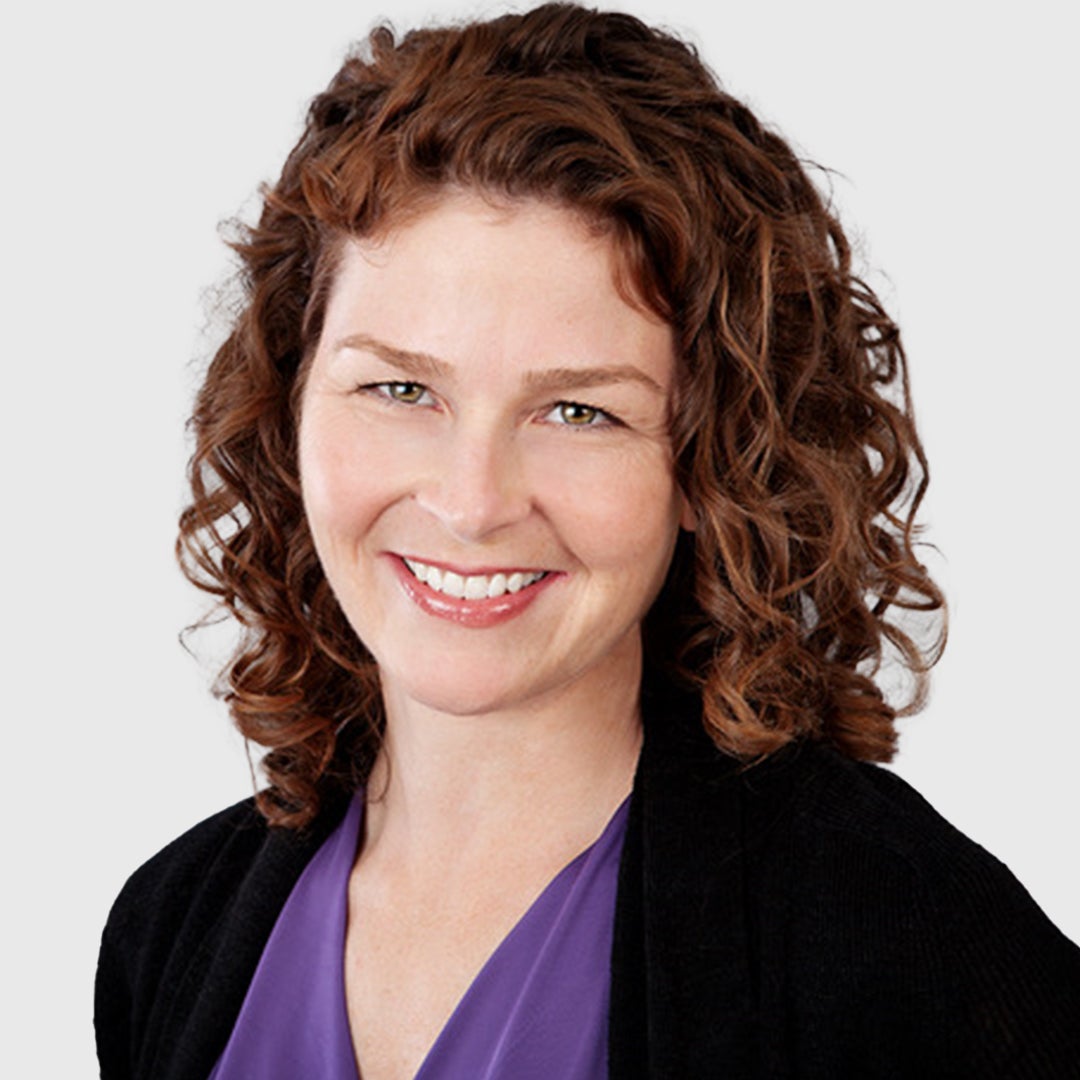Older Americans know what they want from providers. It will be up to health care companies to address the needs of an aging population in a way that’s timely, cost-sensitive and convenient.
America is aging well, and that’s a good thing. Thanks to increasing life spans and falling birth rates, one in five Americans will be 65 years and older by 2030, according to projections from the U.S. Census Bureau.1 But that demographic makeup is new for the country and will mean changes to the health care system.
The good news is that baby boomers — the generation born in the years after World War II, who make up most of this novel group — have benefited from better access to health care and major advances in treatment, including joint replacements, cancer cures and new ways to prevent dozens of illnesses. About three out of four older adults rate their health as good or excellent,2 showing that the stereotype of frail old age no longer holds true for everyone. Exceptional longevity is also expected to grow, with the population of centenarians (people 100 or older) reaching six times its current size by 2060.3
But age does bring a more complicated health picture. Older Americans tend to have more chronic conditions,4 and the American Hospital Association estimates that by 2030 the system will be dealing with twice as many hospital admissions and physician visits for baby boomers.5 At least two out of three older adults also are expected to need long-term care services, for an average of about three years in their lives, according to the U.S. Department of Health and Human Services.6 Delivering that care will mean shifts in process and priorities.
How can health care institutions promote healthy aging?
New systems will need to keep pace not only with more care but often care that’s more complex. “We have a serious challenge going forward,” says Jamie Sharp, MD, a physician and Vice President and Medicare Chief Medical Officer for Aetna®, a CVS Health® company. “We need to develop evidence-based guidelines for the kinds of chronic care management a majority of our older adults require, and make sure the entire health care system follows them.”
Data and an assessment of current challenges will need to lead the way, Dr. Sharp says. A recent report from the National Academy of Medicine, for instance, has mined the research for six strategies to improve care for older adults. Some of these strategies suggest developing and supporting an adequate workforce; redesigning palliative and end-of-life care services, as well as long-term care; and strengthening the role of public health in all aspects of growing older. Many of them will require “dramatic changes,” the authors note.7
Listening to older adults, notes Dr. Sharp, will be the most critical starting point for health care organizations. “At CVS Health, we’re working to engage people early on, to better understand what they will need,” she explains. “Not just financially and medically, but also from within their communities. How do they plan to stay active and involved as they grow older?"
On the ground, that means rethinking the kinds of programs offered to older adults — including those that meet their social and mental health needs — and how to use routine care visits in an age-friendly way. It also means exploring new avenues for staying connected in between health care visits. On all fronts, CVS Health is aiming to lead the move forward. “We’re envisioning a new landscape for the delivery of health care,” Dr. Sharp says. “We’re focused on creating that continuum of touchpoints with those 65 and older to help support them in staying healthier for a longer period of time.”
Strategies for better support of older adults
In light of these forces, CVS Health has already started to serve older Americans in new ways. Some strategies to do so include:
Putting self-advocacy first. Some older adults are hesitant to call their doctor with questions or concerns because they don’t want to “be an inconvenience,” says Amanda Lewis Arts, RN, executive clinical director of Medicare Medical Operations at CVS Health. Educating them about risks — and the power of their own voice — should be priority number one. In the Healthy Aging Support Program (HASP) from Aetna, which was launched a year ago, members participate in virtual group sessions to learn how to navigate a complex health care system and create habits for managing their chronic conditions.
But the real importance of HASP’s give-and-take format is that it encourages members to raise their hands when they need to. “It’s absolutely critical that we empower an aging population and their caregivers to use their voice and speak up for themselves when managing their acute or chronic medical condition,” says Lewis Arts. “Our goal is to encourage proactive health engagement instead of reacting to sickness. Persistence in seeking answers, education and support can prevent or delay a decline in health and improve their quality of life.”




